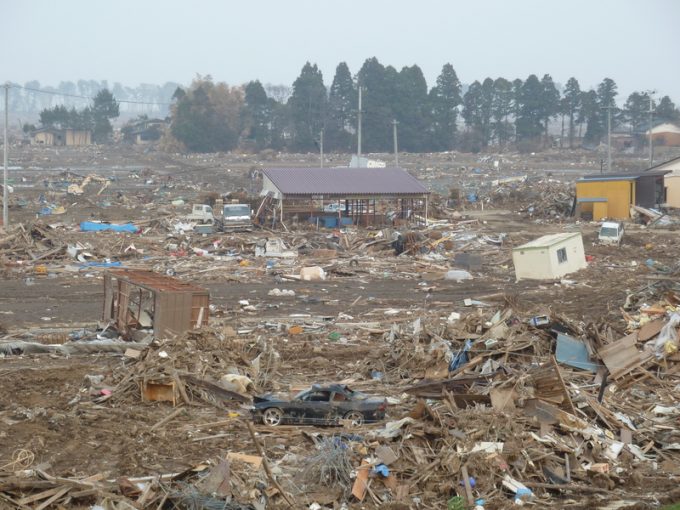EU tariffs on Chinese EV imports not expected to put the brake on sales
The EU imposition of tariffs on Chinese electric vehicles this month is not expected to ...
TFII: SOLID AS USUALMAERSK: WEAKENINGF: FALLING OFF A CLIFFAAPL: 'BOTTLENECK IN MAINLAND CHINA'AAPL: CHINA TRENDSDHL: GROWTH CAPEXR: ANOTHER SOLID DELIVERYMFT: HERE COMES THE FALLDSV: LOOK AT SCHENKER PERFORMANCEUPS: A WAVE OF DOWNGRADES DSV: BARGAIN BINKNX: EARNINGS OUTODFL: RISING AND FALLING AND THEN RISING
TFII: SOLID AS USUALMAERSK: WEAKENINGF: FALLING OFF A CLIFFAAPL: 'BOTTLENECK IN MAINLAND CHINA'AAPL: CHINA TRENDSDHL: GROWTH CAPEXR: ANOTHER SOLID DELIVERYMFT: HERE COMES THE FALLDSV: LOOK AT SCHENKER PERFORMANCEUPS: A WAVE OF DOWNGRADES DSV: BARGAIN BINKNX: EARNINGS OUTODFL: RISING AND FALLING AND THEN RISING

If the definition of lunacy is someone doing the same thing over and over again expecting different results, then given Japan’s history with earthquakes and the tsunamis that often accompany them, its automotive manufacturers needed to redesign their supply chains. But that presented particular problems in a high-cost society like Japan’s: “Holding more inventory, or adding another production line as a business contingency measure may improve a company’s robustness in the face of disaster, but it won’t necessarily improve its global competitiveness,” one expert warned, “in fact if they do they would probably go bust before the next earthquake.”
Comment on this article